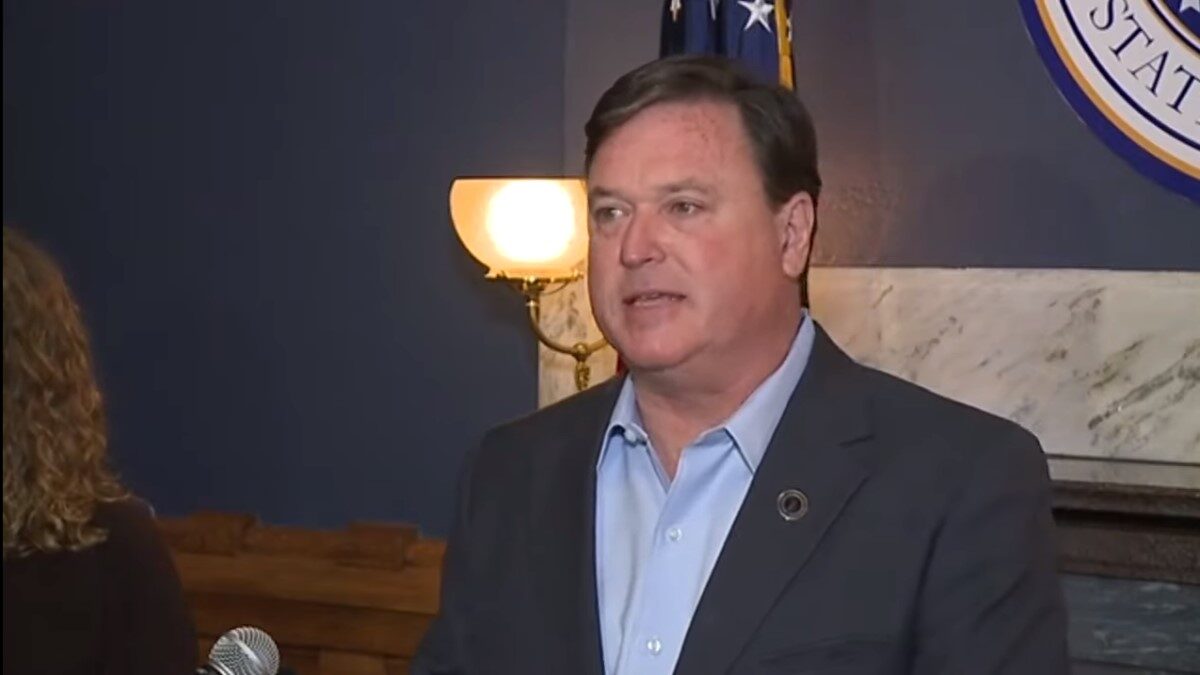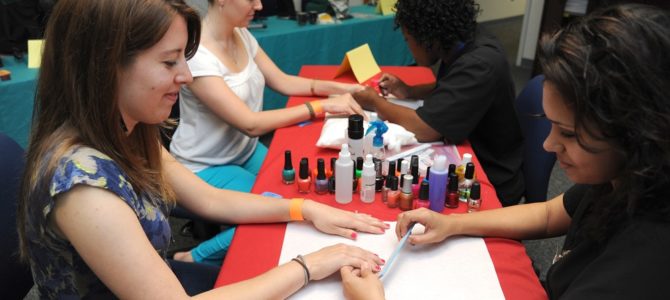
Mental illness diagnoses have been increasing in the United States ever since big-money drugs for them were developed then taxpayer-funded through health welfare programs starting in the 1960s. Taxpayers now pay for the majority of U.S. mental health services, according to the Kaiser Family Foundation.
Concurrently, colleges have for several years been reporting spikes in mental health problems among students, and the Wall Street Journal reports some new numbers:
As many as one in four students at some elite U.S. colleges are now classified as disabled, largely because of mental-health issues such as depression or anxiety, entitling them to a widening array of special accommodations like longer time to take exams…
Small, private schools have the greatest concentration of students with disabilities. Among the 100 four-year, not-for-profit colleges with the highest percentage of disabled students, 93 are private, according to a WSJ analysis of federal data.
Public schools have also seen a significant uptick in test accommodations. From 2011 to 2016, the number of students with special accommodations increased by an average of 71% among 22 flagship state schools, according to data obtained by The Wall Street Journal.
The article includes this graph, in which you can see that while all claimed disabilities have ticked up since 2010, the biggest jump has been in self-described “psychological disorders.”
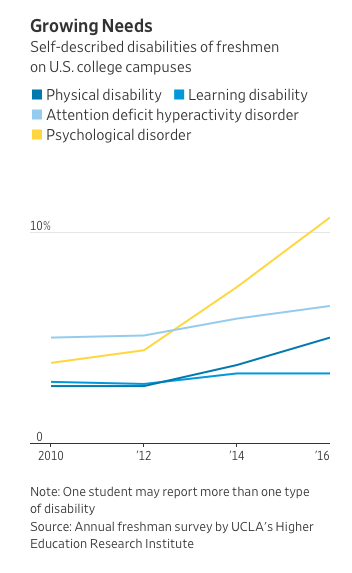
A Wall Street Journal report from last summer about colleges amping up their counseling services included this graph showing that huge percentages of college students say they feel overwhelmed, anxious, depressed, even suicidal. Colleges are responding by installing live-in counselors in dorms and hiking fees to pay for additional psychological health staff.
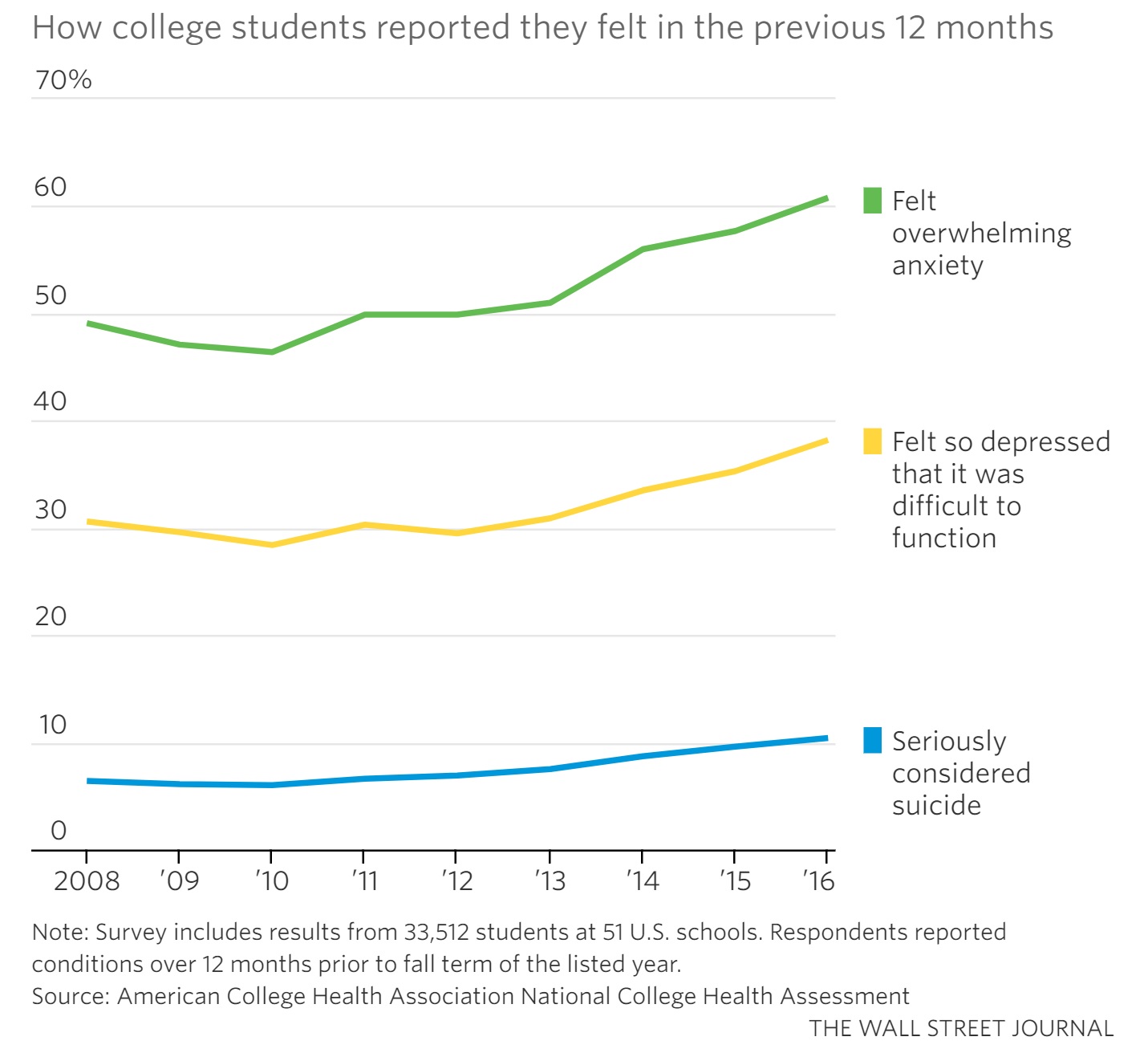
Viewed one way, this is a little confusing. Certainly I often felt stressed while in college, but I worked more than full-time hours on academics due to a genuinely challenging curriculum, while holding senior positions in campus life and part-time jobs. That’s not the typical college experience, data show. The average “full-time” college student today spends less than 20 hours per week on academics, meaning class time and study combined. Typical students spend far more time on leisure activities like shopping and socializing than on academics.
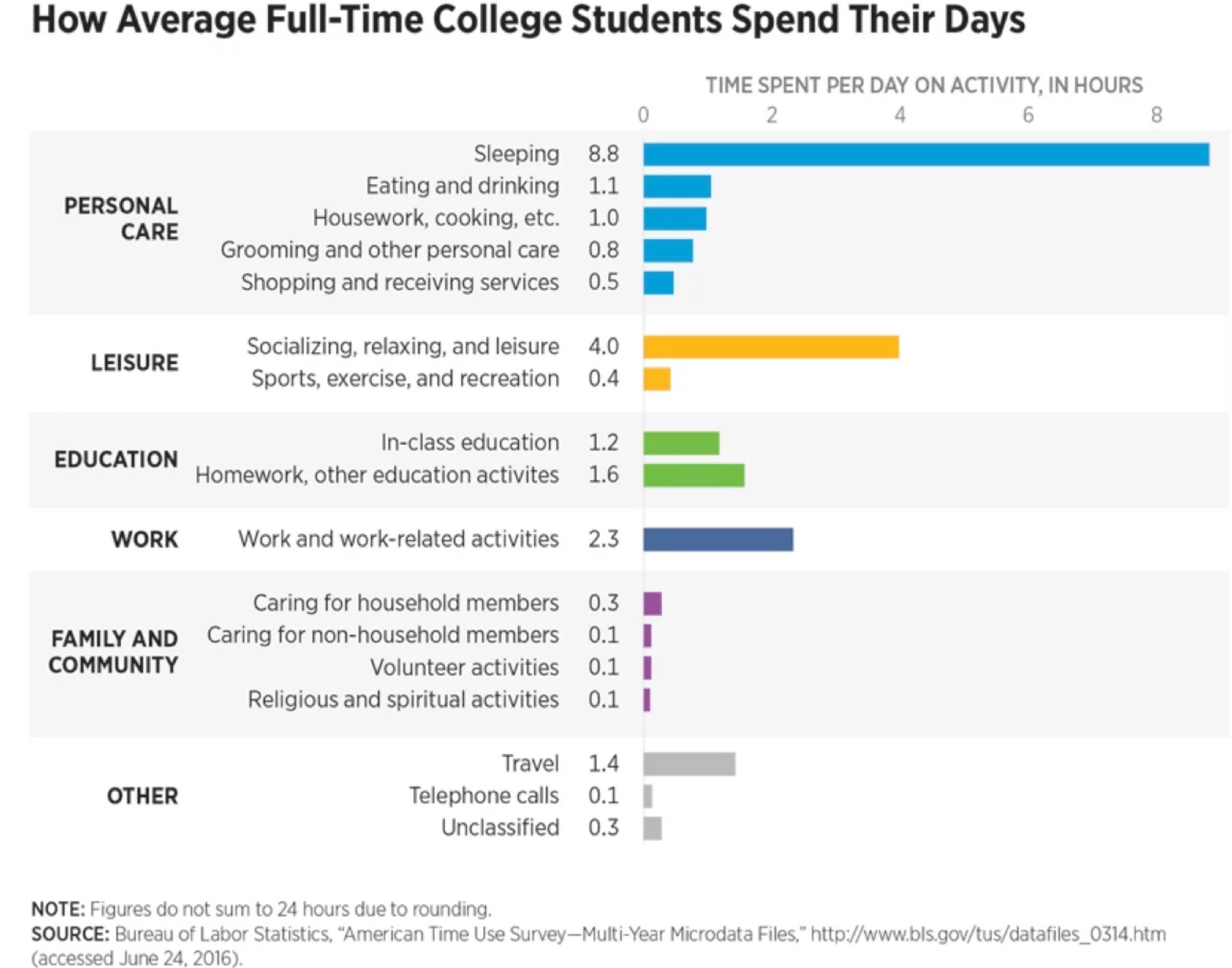
You can’t tell me 20 hours a week of the typically milquetoast make-work that doesn’t genuinely deserve to be called “academics” is so stressful that it causes two-thirds of college students to feel “overwhelming anxiety.” I’ve seen “graduate-level” assignments that comprise writing brief online forum posts and PowerPoint presentations, and not from the kind of institutions people think of as diploma mills, either. If a sixth grader can do it, it’s not “graduate-level” work, let alone “college-level” work.
Nearly half of college students make no noticeable academic improvement in their first two years of college. Yet approximately 85 percent of college students are receiving taxpayer subsidies. We’re paying millions of young people to hang around, learn very little, and indulge themselves with taxpayer-underwritten luxuries like “leisure pools,” “lazy rivers,” and comedy shows that underwear-wadded college staff scrub of “cis-het jokes.”
It would be laughable if it weren’t so infuriatingly fraudulent, revoltingly gluttonous, and existentially threatening. So if it’s largely not the college workload stressing them out, what’s wrong with these kids?
Well, the boomers get their fat, unaffordable public pensions and beyond-bankrupt Medicaid and Social Security, millennials got to get their share of the bill they’re sticking to kids nobody is willing to grow, right? Suck it before somebody else does. Then go out and demand ineffable, impossible-to-achieve “social justice for brown people” to fill in for one’s embarrassing lack of social contributions and self-stewardship. That’s what their elders taught them, after all.
Look, when you’re not contributing to other people although fully capable of doing so, the lies you have to live and believe to not hate yourself for it come back to gnaw your soul. You develop compulsions to double down on the lies in order to live with yourself without making major changes to your beliefs and habits.
Everyone can see this when the person doing it is some poor white male from Appalachia who prefers to live off his girlfriend’s EBT card and get drug money from odd jobs than man up, marry her, get a job, and make a life. He tells himself he “can’t settle down,” tells himself and others he’s an exploited victim with no agency, blames the rich, knives that go into other people of their own accord, Medicaid overprescribing people opioids. But it’s harder to see when it’s us and our kids living the same way, just dressed up with a better pretense at respectability.
Johnny just doesn’t learn the same way as other kids. He doesn’t test well, marches to the beat of a different drummer. Susie is a free spirit, she’s a leader, she needs personalized exceptions to the rules. It’s not a character issue, in any sense, ever. It’s a psychological issue. It’s not her fault, it’s not our fault, it’s something in “the system.” Let’s fix it with labels, drugs, subsidies, denial, and victimhood psychoses rather than careful, sustained personal attention from parents and enculturation into a religious community that provides ways to repent, forgive, and grow ever more human.
A child who has everything she could possibly dream of fails because, like everyone else nowadays, she is traumatized: by the fast pace of modern life, by latent sexism and racism, by our patriarchal-cis-capitalist-bigoted-timebound-overprocessed-inorganic-ist culture. The problem is everything but us.





